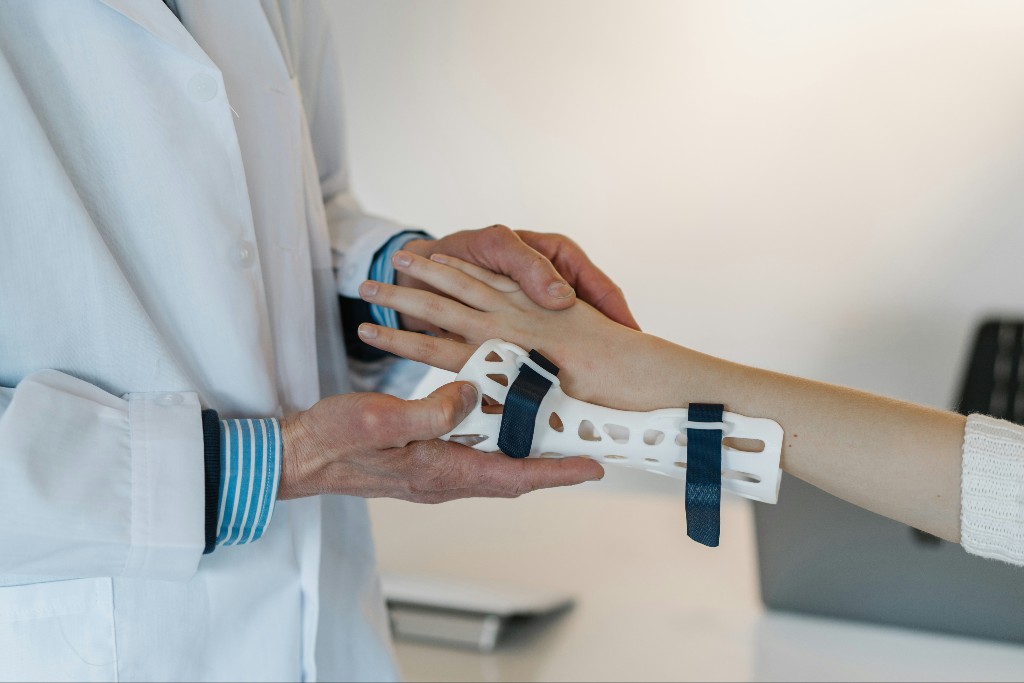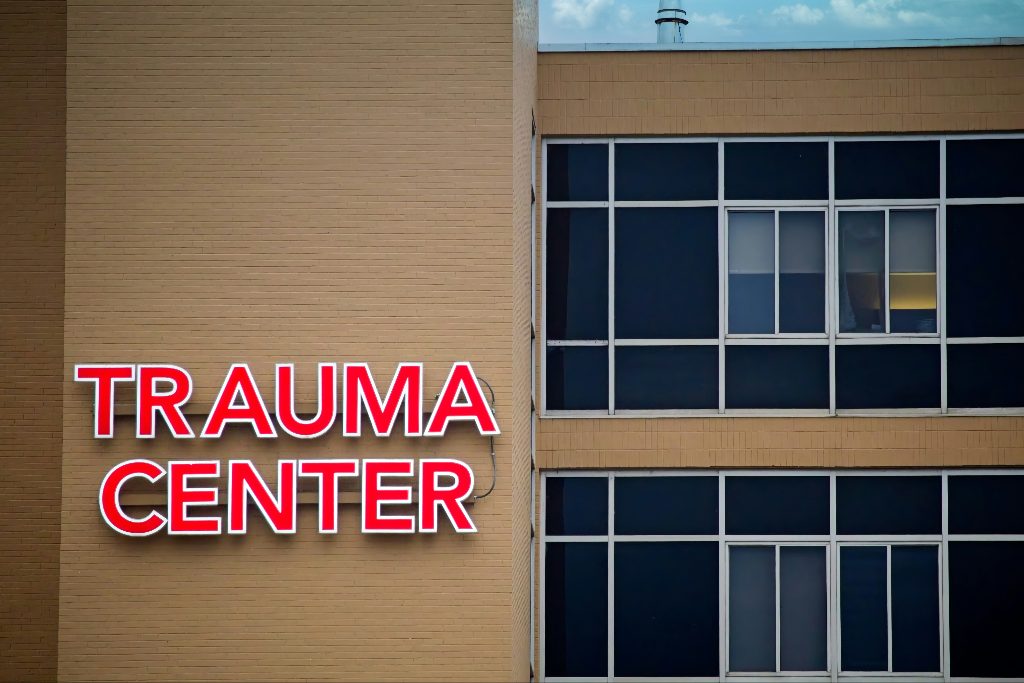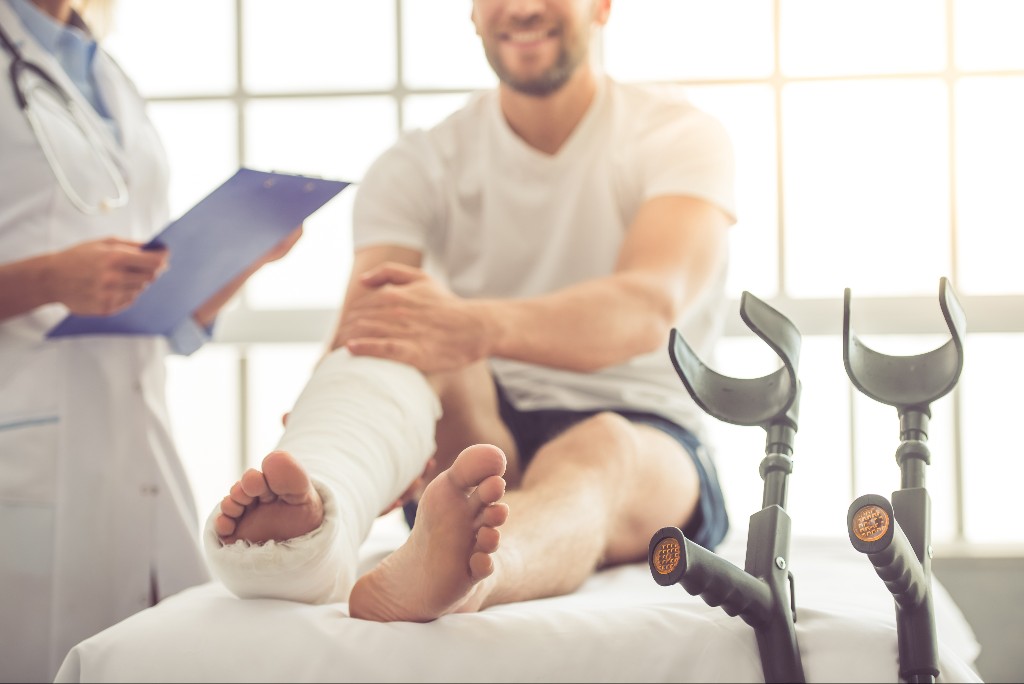A rotator cuff injury can significantly impact your daily life because this grouping of tendons and muscles are what helps the shoulder move. Not only will you experience a reduction in the range of motion, but you will likely also experience a good bit of shoulder pain. In more serious cases, some people have even experienced a loss of function in the shoulder or arm.
The good news is that there are many treatment options for rotator cuff injuries that are non-invasive and non-surgical while still proving highly effective. Once the initial diagnosis and treatment of the rotator cuff injury have begun, a great way to supplement your treatment and rehabilitate the affected shoulder is to visit a physical therapy clinic. Whether you are an athlete dealing with a high-impact injury or you are experiencing pain and discomfort after bracing yourself in a bad fall, physical therapy is highly recommended. In fact, here are just six benefits to visiting a physical therapy clinic for a rotator cuff injury.
Emphasizing Recovery
Physical therapy for a rotator cuff injury is about more than just healing the torn muscle or tendon. In physical therapy, one of the main goals is to emphasize recovery. For a rotator cuff injury, that means physical therapy is one important part of the treatment plan. An Atlanta orthopedic doctor may provide the initial diagnosis and assessment of which specific soft tissues are affected and develop treatment options. A physical therapist will look at the treatment plan and determine what specific therapies, techniques, and exercises can encourage recovery.
Relieving Pain
The pain associated with a rotator cuff injury can be moderate to severe in most cases, so relieving pain is a very important part of your treatment. Physical therapists in Atlanta will help you use safe stretches to soothe the pain and encourage proper blood flow to the affected area. There are many physical therapy services that focus on non-invasive, drug-free approaches to pain relief. While your doctor may also recommend pain relief medications, physical therapists want to help you utilize a combination of healthy, gentle stretches and techniques to allow the body to alleviate pain naturally.
Reducing Inflammation
Another way to help relieve pain is through also relieving inflammation of the shoulder and surrounding areas affected by the rotator cuff injury. When muscles and tendons become inflamed due to injury or tear, the swelling impacts the range of motion and the ability to use the shoulder like you normally would. Some manual therapies performed by physical therapists can significantly reduce inflammation and encourage healing. As swelling and inflammation in the affected area decrease, you will experience increased flexibility and the ability to focus on strengthening the area.
Increasing Strength
When a muscle or tendon is torn due to a rotator cuff injury, the physical therapist will develop a treatment plan that includes not only focusing on that particular muscle or tendon but also those surrounding it. Often, when one specific muscle or tendon is injured, it can be helpful to focus on improving strength in nearby soft tissues to help compensate for the injured area. Strengthening techniques and exercises are done in the physical therapy clinic and some can even be modified for at-home practice to continue improving strength. The goal of improving strength in the area is to not only address the specific rotator cuff injury but to also help prevent future injuries. While accidents do happen, continuing to practice these strengthening exercises can help your muscles and tendons better support the shoulder joint going forward.
Improving Range of Motion
When the shoulder has decreased mobility, this can affect the connected arm and hand as well as the other side of the body as it tries to compensate for the loss in the range of motion. A physical therapist will help build on strengthening muscles and tendons in the injured area with gentle exercises to improve the range of motion. A healthy shoulder joint has a significant range of motion and physical therapy and rehabilitation on the injured area can help offer stability to the joint. You will see a substantial change in the range of motion from when you first begin physical therapy to when your injury is fully healed and rehabilitated.
Embracing Individualized Treatment
It is important to find a physical therapy clinic that will provide you with an individualized treatment plan that addresses your specific injury and focuses on strengthening and improving mobility in the area while addressing pain and inflammation. A physical therapist should identify specific exercises tailored to your body in order to achieve proper healing for your rotator cuff. Personalized physical therapy treatment plans are non-invasive and non-surgical ways to address your rotator cuff injury in an encouraging environment.
Visit the physical therapy clinic at AICA Orthopedics to begin an individualized treatment plan for your rotator cuff injury and experience the natural benefits of physical therapy coupled with comprehensive orthopedic care today!





